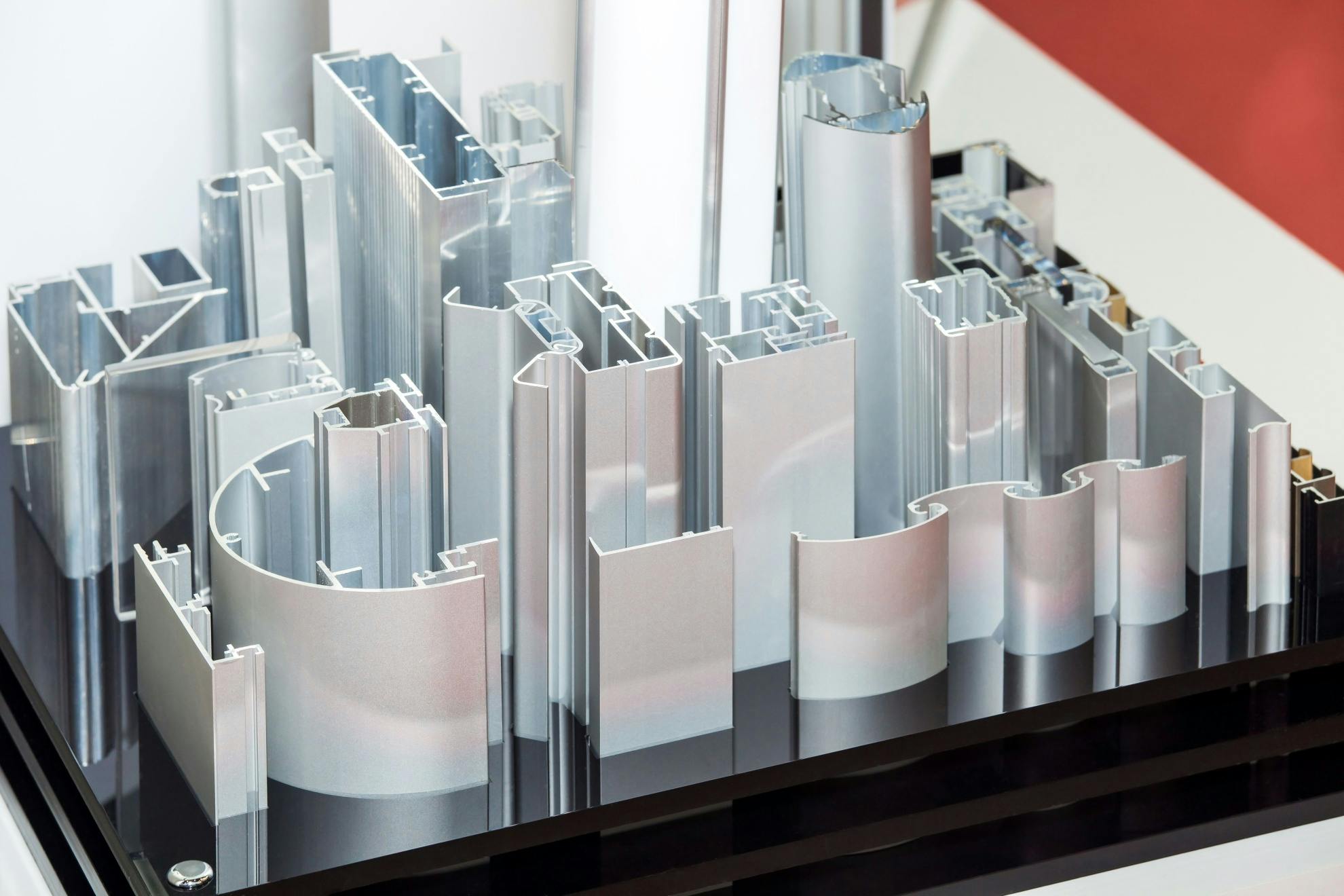ABL Components are one of the very few companies in the UK that offer both anodising and powdering coating on-site with extensive fabrication facilities, meaning that lead time and costs are kept to a minimum. But which finish is better for your needs?
There are significant differences between anodising and powder coating, and which you opt for is very much dependent on your specific requirements. We’ve assembled some pros and cons of each method to help you decide. Of course, if you’re not sure, we do have experts on hand with years of experience in the industry who would be happy to discuss your individual needs.
Anodising:
Pros:
Exceptional durability and corrosion resistance. The coating integrates with the aluminium, offering superior protection against scratches, wear, and even harsh chemicals.
Maintains strict tolerances for thickness. If you have precision engineering requirements that demand exact dimensions, anodising may be the option for you as it is thinner than powder coating.
Excellent UV resistance. Maintains its colour and appearance even under prolonged sun exposure.
Environmentally friendly. No solvents or harmful emissions involved in the process.
Retains the natural metallic look and aesthetics of the aluminium.
Easy to clean and maintain and so requires minimal upkeep.
Cons:
Limited colour options. Anodising is only available in natural metallic finish or black.
Exact colour consistency for metallic finishes can be difficult to maintain across very large batches, mostly due to possible variation in the exact tones of the aluminium itself.
The thin coating makes cut edges susceptible to potential damage.
Repairing an anodised finish requires stripping and re-anodising the entire surface for repairs, which can be time-consuming and expensive.
Powder Coating:
Pros:
Offers almost limitless possibilities for colour and finishes, including metallic, matte, glossy, and textured options. ABL offer powder coating in any RAL colour, including translucents.
Generally speaking, powder coating is slightly less expensive than anodising, especially for large batches.
Ensures uniform colour and consistent thickness across the entire surface.
Provides a tough, protective layer against general wear and tear.
Damaged areas can be spot-repaired without affecting the entire surface.
Cons:
The nature of the powder coating finish means it is not as resistant to harsh chemicals, scratches, and UV light as anodising..
A powder coating finish can be damaged by sharp edges or under extreme conditions.
The coating can be melted or deformed if exposed to very high temperatures
May not be suitable for applications requiring close tolerances or heat dissipation, due to the thicker coating.
Deciding
Ultimately, the best choice between anodising and powder coating really depends on your specific needs and priorities. Consider factors like:
Desired level of durability and corrosion resistance.
Required colour and finish options.
Cost considerations.
Application and exposure conditions.
If you need more information, please do get in touch and speak to one of our experts. They’ll be able to give you more in depth details about how the different finishes perform under specific conditions.
